The snow is melting, the temperatures are rising, the sun is shining. That must mean one thing – it’s time for a bit of spring foraging!
Advertisement
Cottonwood Buds
Populus balsamifera
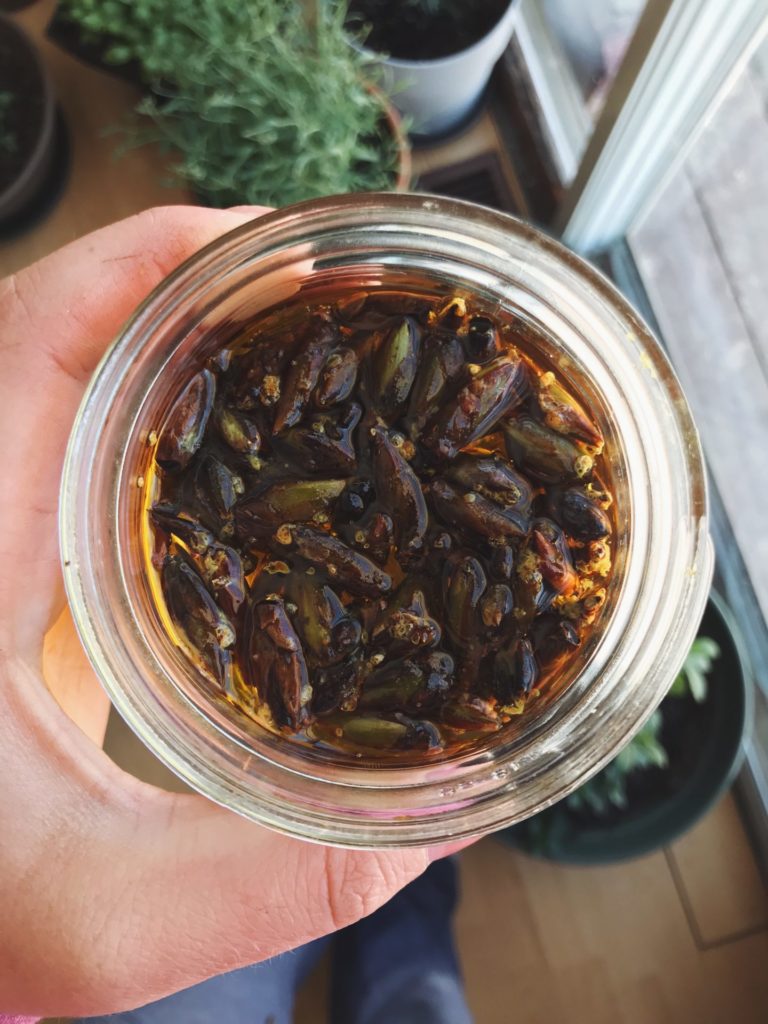
These mighty trees love moist soils, often found along riverbanks, creek beds and lakeshores. Harvest the winter buds in early spring before they open. This can be a sticky endeavour, but it’s worth the effort. When harvesting buds, be sure to only take a few from each branch. These can be infused in olive oil (or the oil of your choice) and then used to make what is traditionally called “balm of Gilead.”
Advertisement
Dandelion Flowers
Taraxacum officinale
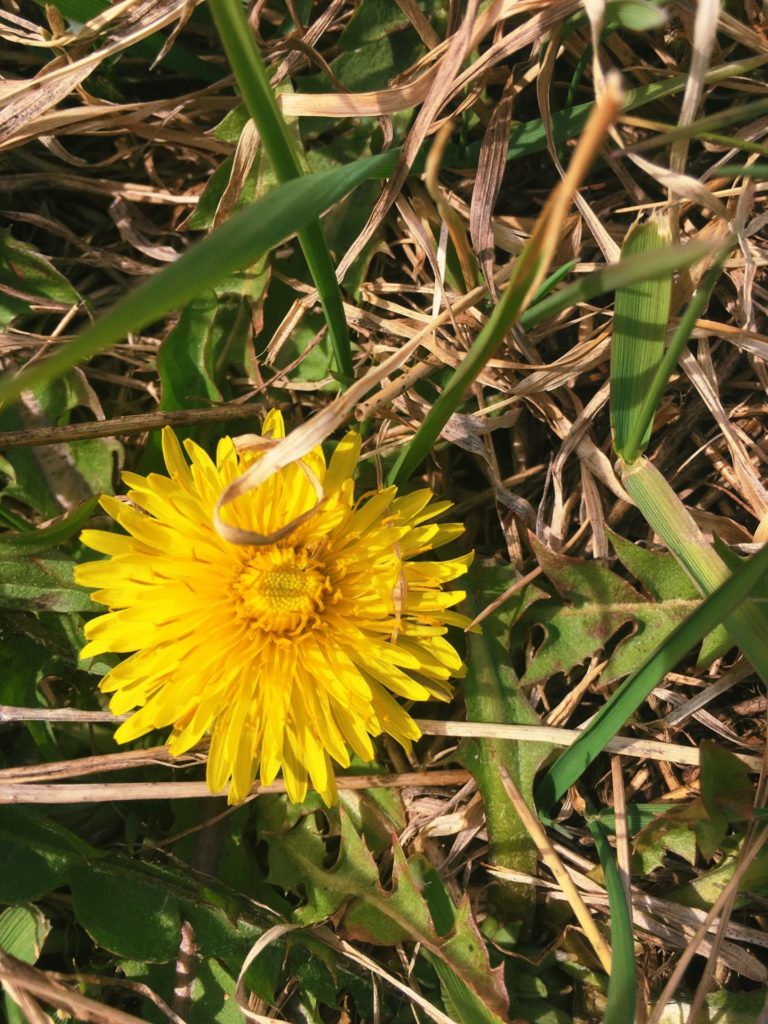
It’s not hard to find dandelions – if you get outside, you will find them. When harvesting any part of the dandelion, you want to ensure you are harvesting from an area free of sprays and environmental contaminates, as they are often treated as a weed. Roots can be harvested in early spring, before the plant flowers, and you can collect the flowers once they are fully opened. Please be aware that dandelions are one of the earliest food sources for bees, so harvest only small amounts to leave some food for our buzzing friends! The many uses of dandelions include making a tea from the roots, and salves from the blossoms.
Advertisement
Juniper Berries
Juniperus communis
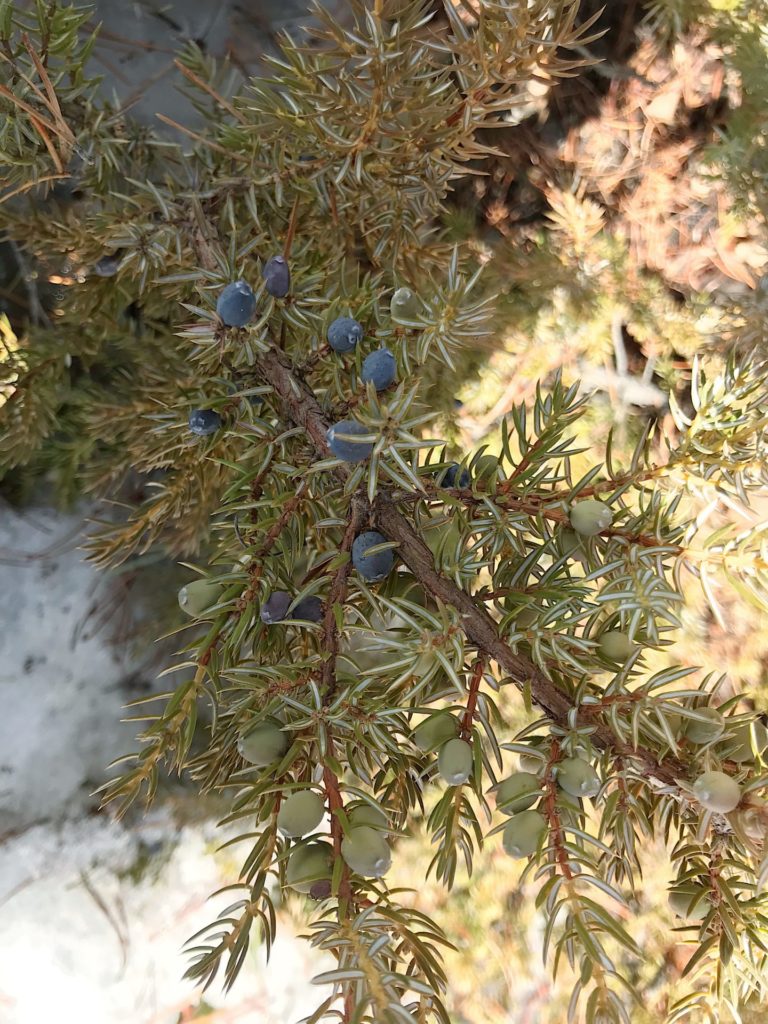
Juniper can be found on dry, south-facing slopes throughout British Columbia. The seed cones (which are often just referred to as berries) from this prickly shrub can be harvested year-round, but make sure you are picking ripe berries. They take three years to mature on the plant, starting out bright green and then darkening to a deep blue in their third year. My favourite use for the berries is to make an invigorating sea-salt body scrub with them.
Lodgepole Pine Pitch
Pinus contorta
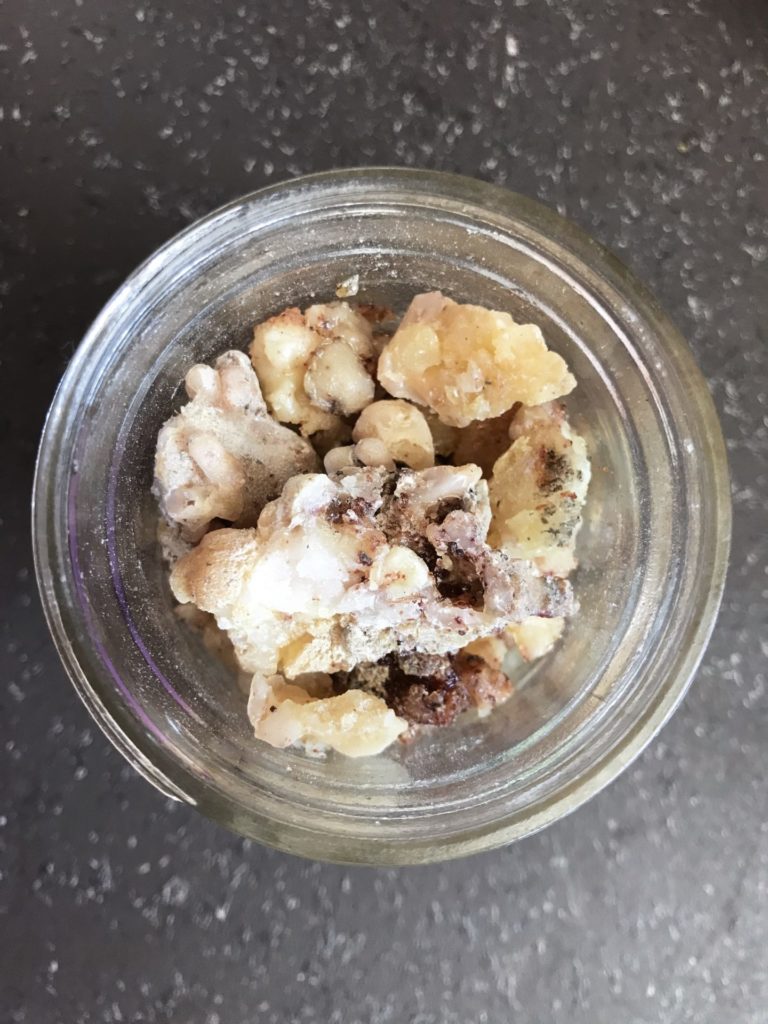
Found throughout British Columbia, the inner bark, needles and pitch can be used for salves, food and cleaners, and everything else in between. All these parts of the tree can be harvested in the springtime. When using the inner bark, be very aware that stripping bark from the trunk of the tree will kill it – so use the branches for this use. We collect the pitch and use it in a skin-healing salve.
Willow Bark
Salix species
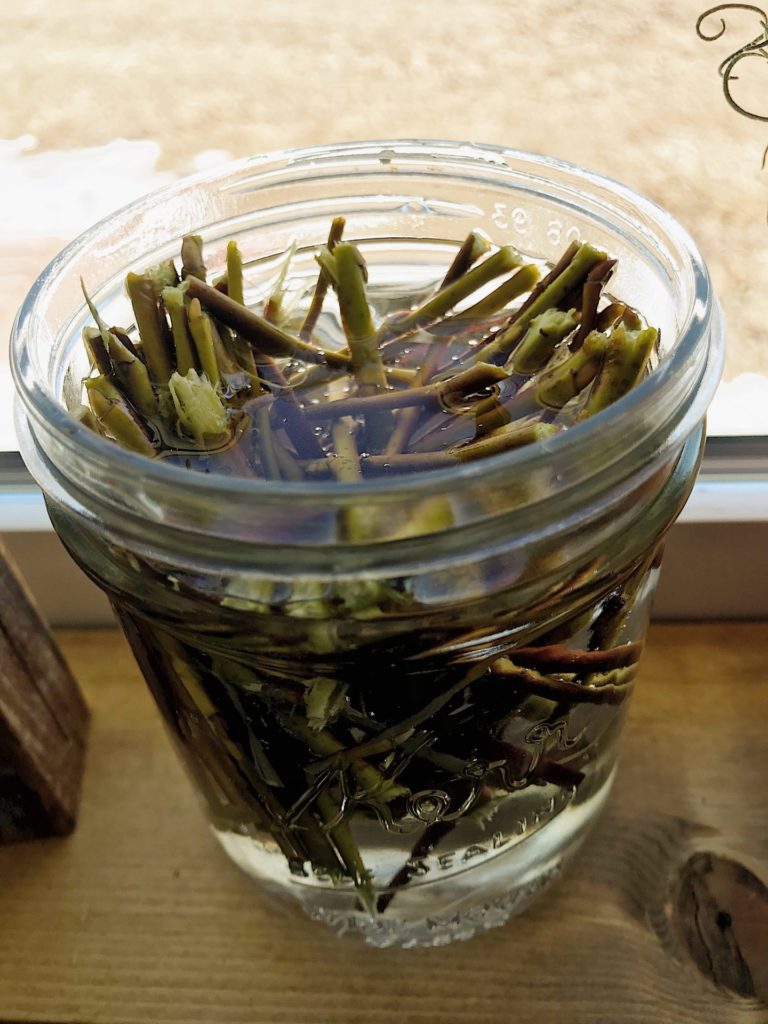
Willow grows in a wide variety of habitats and can be found across the province. Harvested in the spring, the inner bark can be used in teas and tinctures. Willow is also often used for basket making but is best harvested in the fall for this purpose. In the spring, I commonly use willow shoots to make a rooting hormone (just combine chopped shoots with water and let sit for a few days) to help my new transplants out in the garden.